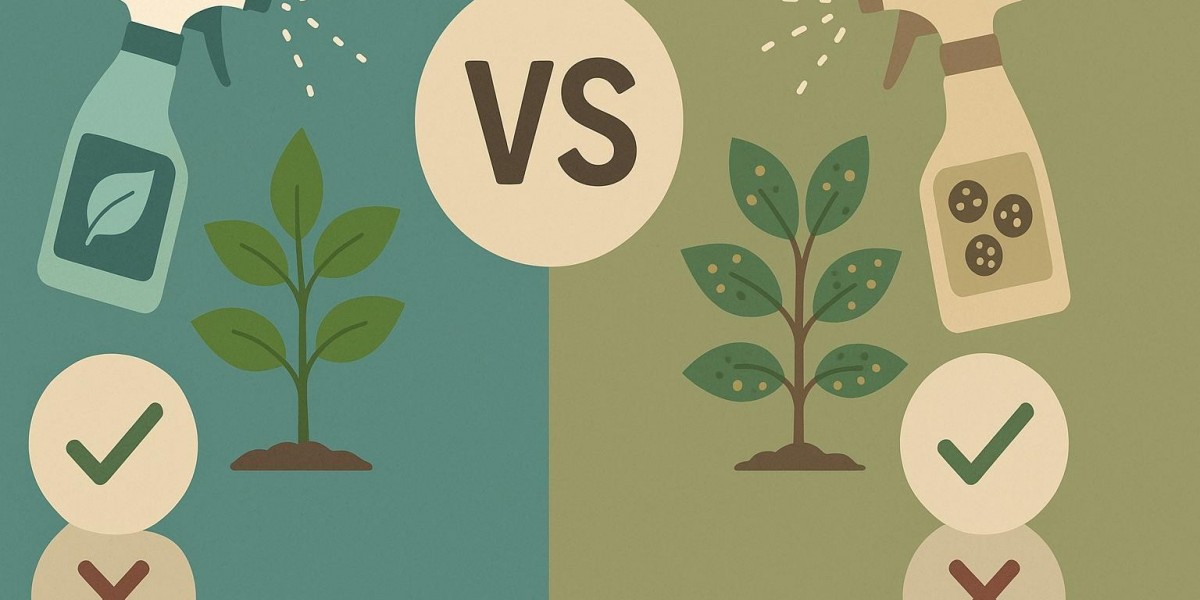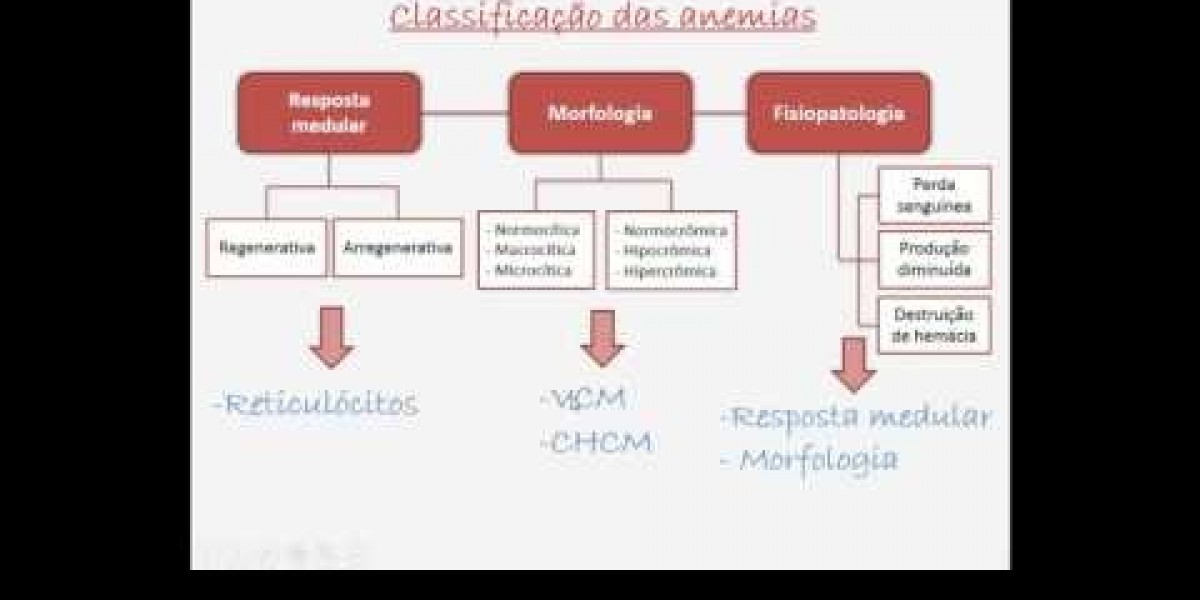What Differentiates Systemic and Contact Fungicides?
Systemic fungicides are absorbed by the plant and translocated via xylem. They can offer curative and protective action. In contrast, contact fungicides remain on the plant surface, acting as a protective barrier.
Systemic fungicides translocate within the plant and target internal infections.
Contact fungicides offer surface-level protection and require precise application timing.
Systemic choices often fall under chemical groupings such as SDHIs, strobilurins, or triazoles. Copper-based compounds, such as mancozeb and chlorothalonil, are examples of contact fungicides. The primary differences lie in their mobility and method of action, which also influence how long they last, how frequently they are used, and the likelihood of resistance developing.
How Do Systemic Fungicides Work?
Translaminar or systemic migration is a feature of systemic fungicides. Following application, the active component passes through vascular tissue and plant cells to enter leaf tissues. Although it is less frequent, some fungicides move acropetally, moving from base to tip, while others move basipetally.
They act either by inhibiting fungal respiration, disrupting sterol biosynthesis, or interfering with cell division. For example:
Azoxystrobin inhibits mitochondrial respiration.
Propiconazole blocks ergosterol synthesis.
These fungicides can act preventively, curatively, or eradicatively, depending on formulation and timing.
Where Do Contact Fungicides Excel?
Contact fungicides stay where they're applied. They do not penetrate tissue and are susceptible to being washed off by rain or irrigation. However, they’re crucial for resistance management due to their multi-site mode of action. Most contact fungicides inhibit fungal development at multiple biochemical sites, reducing the likelihood of resistance.
Mancozeb blocks multiple enzyme groups essential for fungal metabolism.
Chlorothalonil denatures essential fungal proteins on contact.
Their effectiveness relies on thorough coverage and repeated applications during periods of high disease pressure. Farmers often use them in rotation with systemic products to extend the efficacy of single-site actives.
When to Choose Systemic vs Contact Fungicides?
Systemic fungicides are ideal when:
Disease is already present within the plant.
Preventive protection over a longer period is needed.
Weather conditions make frequent spraying difficult.
Contact fungicides are suitable when:
Early-season sprays are required before pathogen penetration.
A resistance management strategy is being followed.
Budget limitations restrict use of higher-cost systemic products.
Buy Crystal Kyoto SC for fungal control, which is often recommended during critical growth stages, especially when systemic action is needed to stop early internal infections. Proper integration ensures season-long control, particularly for diseases like rusts, leaf spots, and mildew.
Pros of Systemic Fungicides
Systemic fungicides offer targeted and long-lasting disease suppression. Their curative potential adds flexibility to application schedules, making them indispensable in modern crop protection strategies.
Curative and protective action – They can stop early-stage infections and prevent new ones.
Reduced spray intervals – Systemic activity ensures extended protection, lowering operational costs.
Even under challenging spraying situations, systemic fungicides lessen the severity of illness. In high-value crops, where disease penetration might result in large losses, they work particularly well. According to studies, systemic fungicides based on strobilurin increase wheat yield by 12–15% when disease burden is present.
Drawbacks of Systemic Fungicides
Despite their advantages, systemic fungicides have limitations that must be considered when developing a resistance management strategy.
Resistance development – Most systemic fungicides have a single-site mode of action, increasing the risk of pathogen adaptation.
Higher cost – Their complex formulations and synthesis contribute to elevated pricing, impacting budget-conscious growers.
Furthermore, systemic fungicides that are used often without rotation may eventually lose their effectiveness. For instance, Zymoseptoria tritici's QoI resistance has spread throughout Europe's wheat-growing regions, resulting in significant losses.
Pros of Contact Fungicides
Contact fungicides remain essential tools for managing resistance and providing foundational disease control. Their strengths lie in their versatility and broad-spectrum effectiveness.
Low resistance risk – Multi-site mode of action delays or prevents resistance buildup.
Lower cost – Most contact fungicides are economically accessible for small to medium-sized farms.
When synthetic systems are limited, they are frequently employed in low-input or organic farming systems. For example, despite the availability of more recent alternatives, chlorothalonil remains a crucial component in the fight against potato late blight.
Limitations of Contact Fungicides
Their biggest weakness is short residual activity. Rainfall or irrigation can wash them off, reducing efficacy. Additional limitations include:
No curative action – Only preventive; timing is critical.
Frequent reapplication needed – Short lifespan on plant surface requires tighter spray intervals.
In high-rainfall regions, contact fungicide applications may need to be repeated every 5–7 days, resulting in increased labor and chemical costs. Inadequate coverage can result in disease escapes and uneven protection across the field.
“The key to effective disease management isn’t choosing one type of fungicide over the other—it’s knowing when and how to use both strategically.” – Crop Disease Specialist, Wageningen University
Integrated Use of Systemic and Contact Fungicides
When both fungicide kinds are used together, disease control is improved and resistance is postponed. Following crop growth stages and disease forecasts, an efficient spray programme alternates or blends systemic and contact treatments.
A typical rotational program might include:
Early season: Contact fungicides for surface protection during moist periods.
Mid-season: Systemic fungicides for internal protection and curative action.
Late season: Alternating modes of action to protect yields and meet pre-harvest intervals.
This integrated approach not only safeguards plant health but also meets sustainability standards. Many agricultural extension services, including those outlined by the FAO, recommend IPM (Integrated Pest Management) strategies that utilize a combination of fungicide classes.
Resistance Management and Mode of Action Labeling
Understanding FRAC (Fungicide Resistance Action Committee) codes, which group fungicides according to their biochemical mode of action, is essential for resistance management. Resistance pressure rises when one FRAC group is overused.
Use tank mixes or premixes with different FRAC groups.
Limit applications per season for high-risk groups like QoIs (Group 11) and DMIs (Group 3).
Educational resources like CropLife International’s Mode of Action tool help farmers design rotation plans that preserve fungicide efficacy. Understanding these principles is crucial for achieving long-term disease control and ensuring regulatory compliance.
Factors That Influence Fungicide Choice
Selecting the proper fungicide depends on several agronomic and environmental variables:
Crop type – Grapes and cereals may require systemic options for canopy penetration.
Disease type – Leaf spot and rust diseases often respond better to systemics.
Application method – Aerial spraying favors systemics; ground application allows better contact fungicide coverage.
Weather patterns – High rainfall reduces the effectiveness of contact fungicides.
Most business decisions are based on a balance between sustainability, cost, and efficacy. Systemic fungicides provide return on investment (ROI) in high-value crops like tomatoes and bananas by averting catastrophic losses due to internal infections.
Environmental and Regulatory Considerations
Contact fungicides can build up in soils and have an impact on microbial biodiversity, particularly those based on copper. In an effort to reduce their environmental impact, regulatory agencies have tightened consumption thresholds.
Systemic fungicides are thoroughly tested for runoff potential, residue levels, and pre-harvest intervals. Safer substitutes with less ecological effect and less persistence are being promoted by governments more and more.
Leading nations in the implementation of sustainable fungicide guidelines include the Netherlands and Germany, which encourage the use of biofungicides and predictive models to minimise the use of chemicals.
Frequently Asked Questions
What’s the difference between systemic and contact fungicides?
Systemic fungicides move throughout the plant, providing both curative and preventive action. Contact fungicides remain on the surface and provide only preventive protection.Can I mix systemic and contact fungicides?
Yes. Mixing improves coverage, increases efficacy, and helps manage resistance. Ensure chemical compatibility and regulatory compliance before mixing.Do systemic fungicides leave residues?
Yes, they can leave residues, especially if applied close to harvest. Always observe the pre-harvest interval (PHI) stated on the label.How often should contact fungicides be applied?
They typically require reapplication every 5 to 10 days, depending on rainfall, crop growth, and disease pressure.Which type of fungicide is more effective against rust diseases?
Systemic fungicides are more effective for rust, as the pathogen penetrates leaf tissue. Preventive sprays with contact fungicides can still reduce initial infection.Are systemic fungicides safer for beneficial insects?
Many modern systemic fungicides are selective and have low toxicity toward non-target organisms, but always refer to the product label.
What to Do Next in Your Fungicide Strategy
Your next step is to optimise usage based on your crop, climate, and disease pressure after learning about the advantages and disadvantages of both fungicide types. With each season, switch up your actives, keep an eye on resistance, and modify your approach. Expert advice and decision-support tools can boost the resilience and profitability of your crop.































